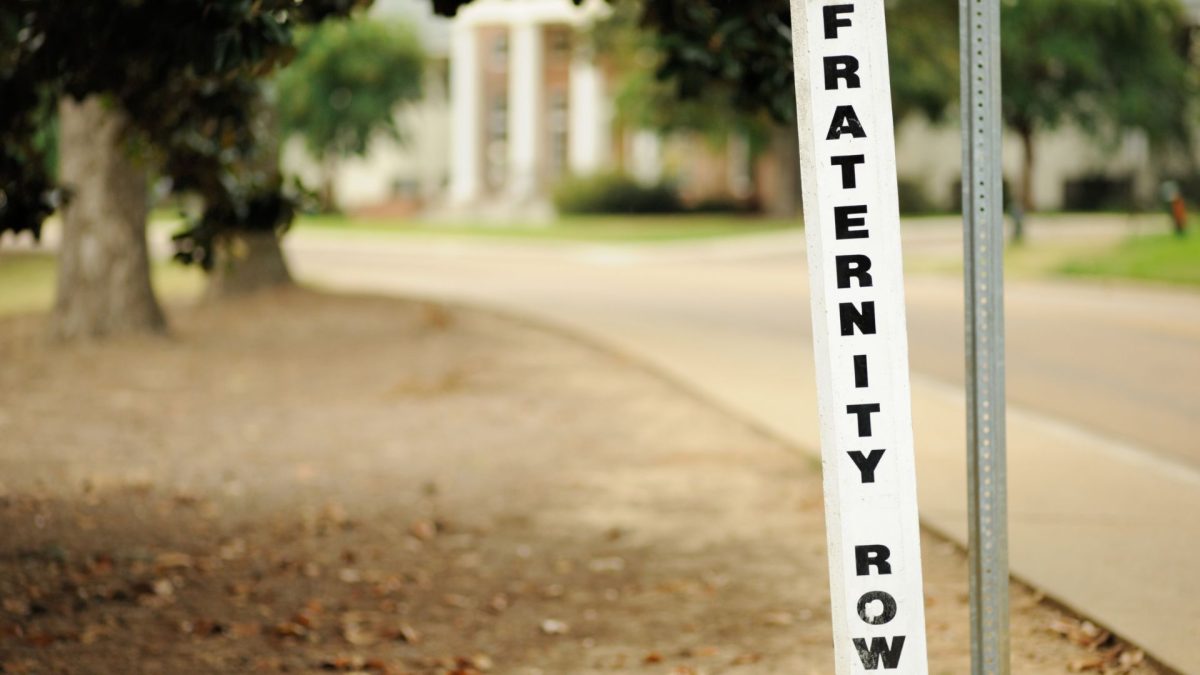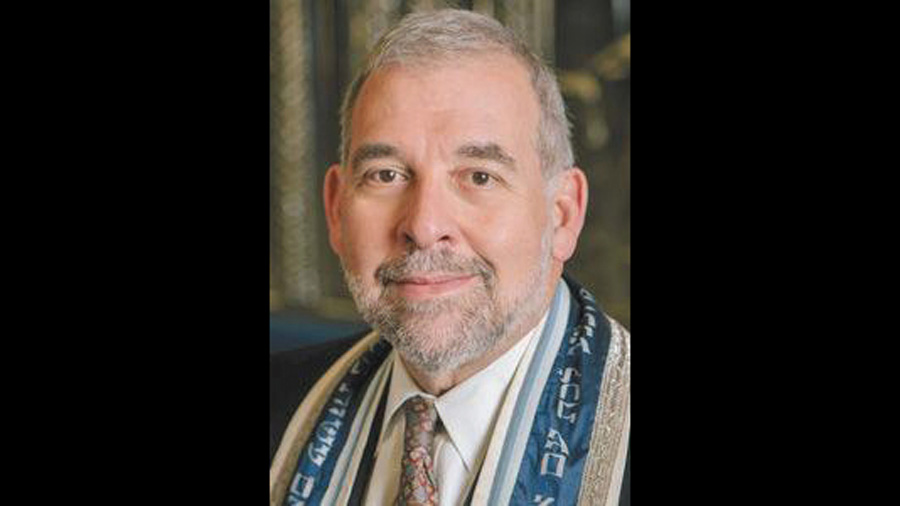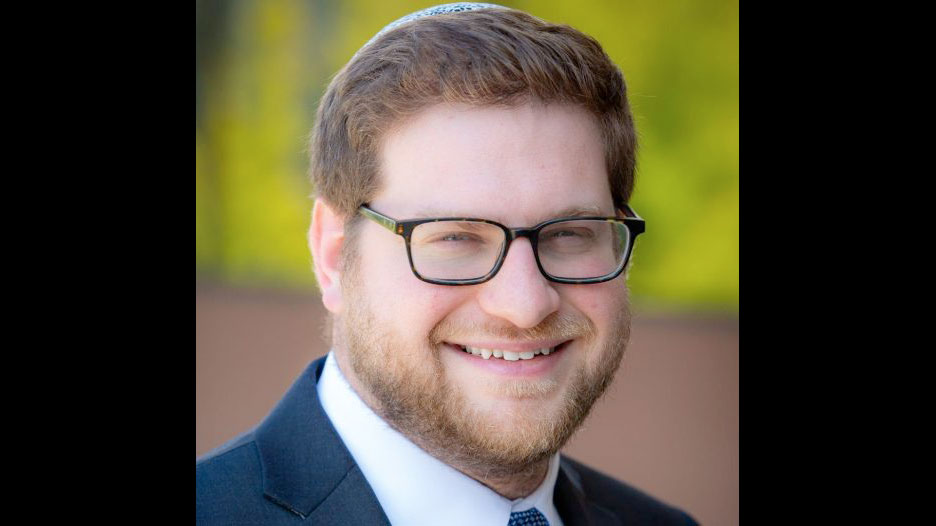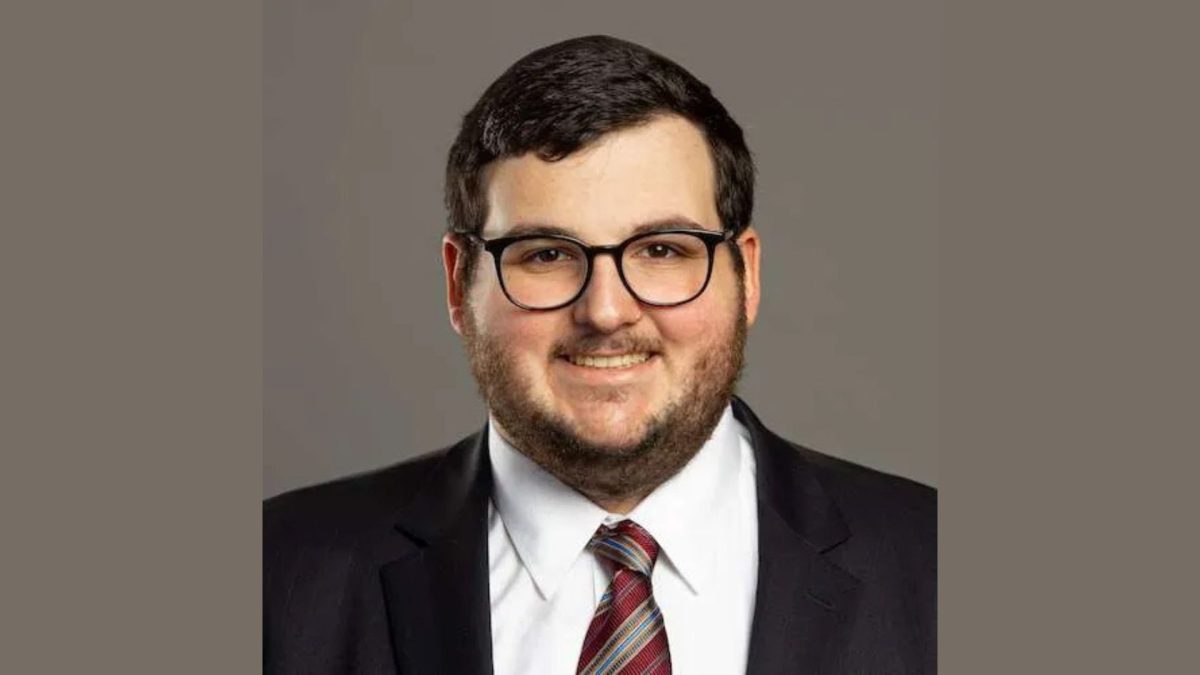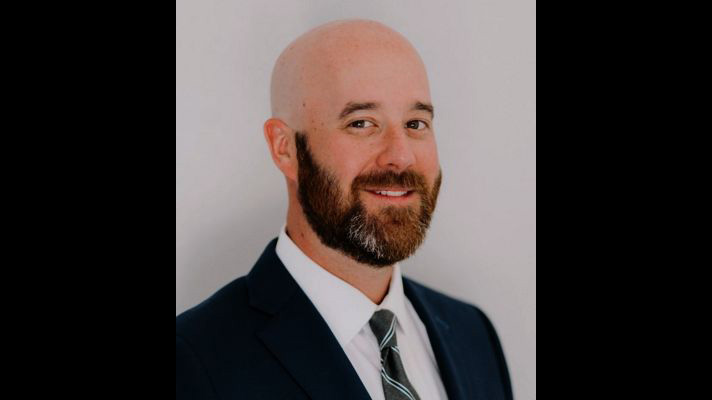Though it has been many decades since I was an incoming freshman in college, I remember well many of the experiences of that year as well as the three others that followed.
One was the experience of rushing a fraternity and then participating on the other side of rush week as an active member of the fraternity.
In my freshman year, I was so naive as to how this ritual went. I never realized that each fraternity had certain superficial qualities that determined whether a candidate would be pursued or simply entertained for the duration of the visit. I had less of an idea as to what made candidates ideal for a particular house. I rushed in order to have something to do that week as much as to determine whether this was a house in which I could comfortably live and a group with whom I could associate most closely during my college years and beyond.
My first friends in college were my roommate, a guy from his hometown with whom he was friendly, and another guy from another state who rounded out the group. We all rushed together. In the end, my roommate and his friend joined one fraternity, and the other guy and I joined another. Over that first year we bonded with our respective pledge classes while we maintained our own bonds. We endured the pledge process and hell week, and came out the other side active members of our respective fraternities.
The next year we were on the other side of rush week. We were now the actives looking over the prospective new pledges whom we might invite to join. On this side of rush, I was able to see “how the sausage is made”; that is, one is on the inside, directing those deemed unworthy to the lower quarters of the house away from those who were deemed worthy of our brotherhood. As an active, one votes on each prospective candidate, who must receive unanimous agreement to gain entrance. It only took one active vote against to disqualify a candidate. Needless to say, I learned a lot.
The following year brought another rush class through the house. When it came time for a vote, one candidate, whose father had been a member of a different chapter of the same fraternity — a legacy therefore — was discussed. One of the actives blackballed him. The reason? He was a bit overweight and had a number of acne scars on his face! And because he was not bringing another, more desirable candidate along with him, he was voted out.
I sat there with my mouth open, incredulous at what I just witnessed. It caused me to reflect on my own offer to join. Had that come in order to entice my friend to join? If a legacy can be voted out, how did I get voted in? Most of all, I was upset that someone could be disqualified by such superficial characteristics.
I deactivated immediately.
This week’s Torah portion, Emor, opens with rules and regulations governing Israel’s priests. May of these have to do with a priest’s appearance. Others serve to separate the priest from the people through marriage, through the behavior of the priest and members of the priestly family, and through the deaths of those inside and outside of the family.
The physical disqualifications included shaving one’s head, cutting the side growth of one’s beard, or scarification. Further disqualifying traits included being blind, lame, a limb that is too long or too short, a broken leg or a broken arm, a hunchback, a dwarf, a growth in the eye, or a boil scar, scurvy or crushed testes. Any one of these was enough to prevent a member of the priestly family from assuming the role of priest.
It is difficult to understand how many of these physical traits would interfere with the service of the priest to the community. They seem so superficial and much like the acne scars and weight of the student blackballed by my fraternity.
There may be a reason why these traits, which should not be impediments for any other position in the community, disqualify one from the priesthood. It was the priest’s duty to serve as the one who facilitated communion with the Divine and with one’s fellow human beings through the sacrificial rites. The priest was the catalyst, that part of the reaction that transformed a product without interfering in the end result. Each of these disqualifiers drew attention to the person of the priest and away from the service of the priest. In that manner, they interfered with the process rather than facilitating it.
I know today we could name other traits, not necessarily physical, that would interfere with the service rendered by those who serve the public and would draw attention to the person rather than to the service.
If you were writing this portion for others entrusted with high office, what would you list as disqualifying a person from service? What traits would you name that might exclude a person from serving? Would they be physical traits? Personality traits? Character traits?
Rabbi Josef Davidson serves Congregation B’nai Amoona and is a member of the St. Louis Rabbinical and Cantorial Association, which coordinates the d’var Torah for the Jewish Light.



